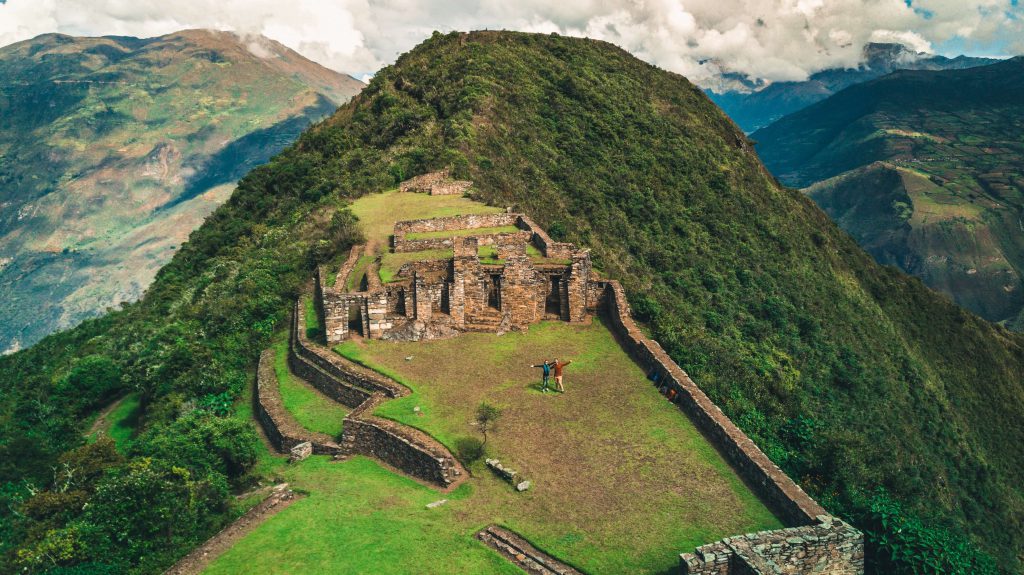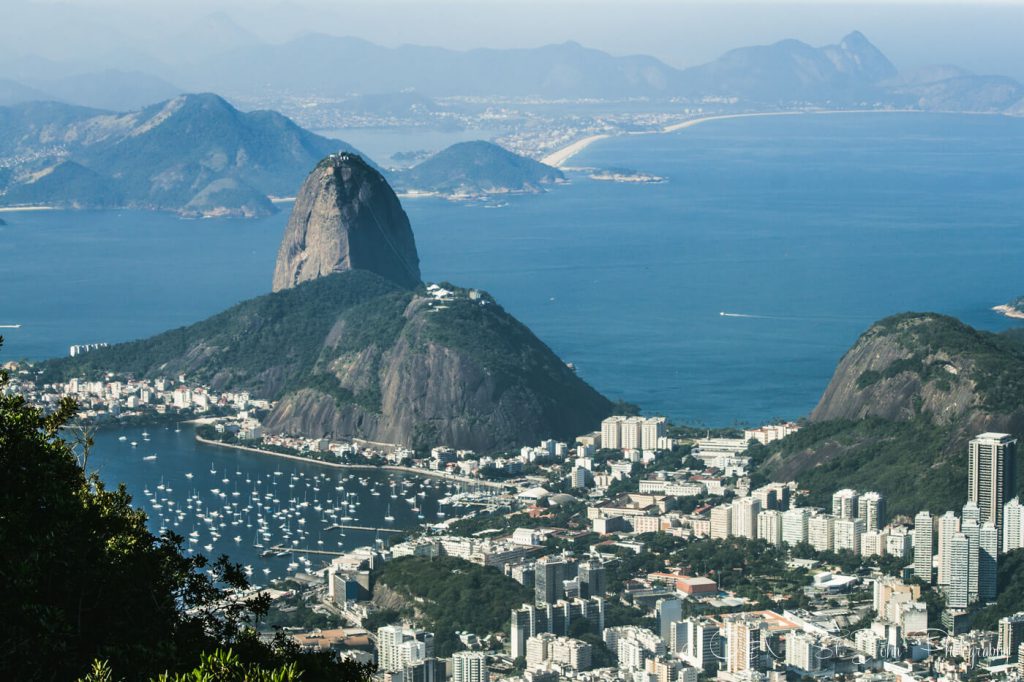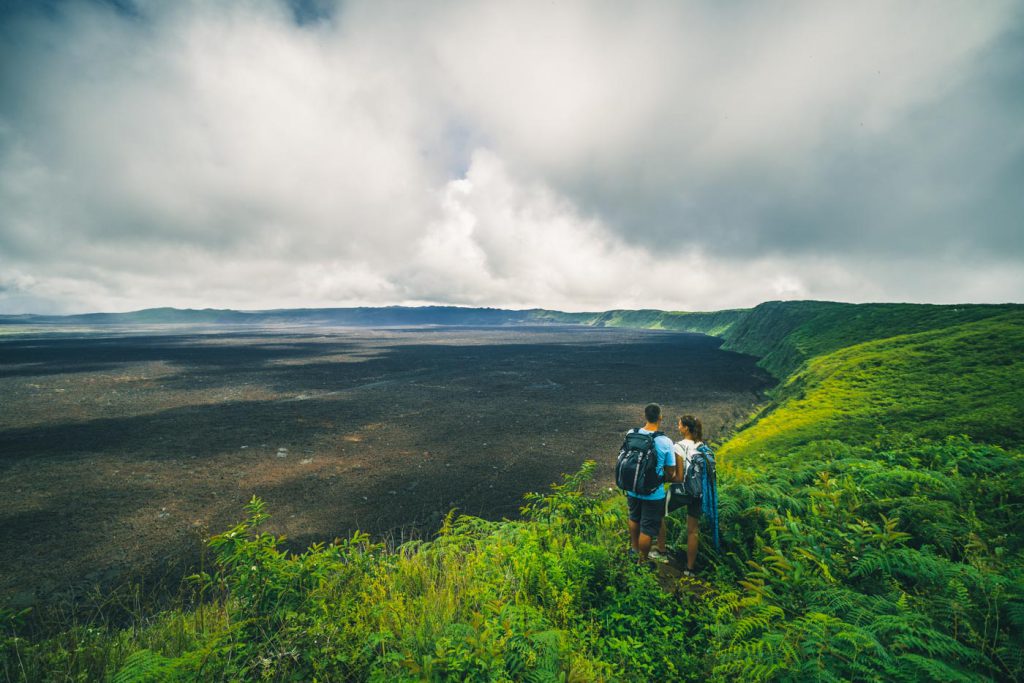Take a look at our latest travel interview with Oksana and Max from Drink Tea & Travel. Having traveled basically the entire world, they were kind enough to share their top tips with us.
Take a look at their interview below!
It goes without saying that you’ve crossed a lot of borders during your journeys through South America. Do you have any advise on what people need to prepare for any particular border that might be unexpected?
We didn’t find border crossings in South America to be very challenging. In fact, the backpacker trail is pretty well paved in South America, so it was easy to find information about crossings and make sure that we were adequately prepared for them.
Our biggest piece of advice for those looking to simplify their crossings is to do it with a local guide or tour operator. Our crossing from Bolivia to Peru, which we did on board the Peru/Bolivia Hop bus, was very smooth and easy because of the help of a local guide on board.
Your rainforest trip to Christ the Redeemer is pretty incredible and looks very daunting. Would you say that it would only be a trek for the fitter kind of traveller? Would you do it again?
The hike wasn’t overly challenging, so very much doable by someone with average fitness level, but we have heard that recently that hikers on that trail have become a target of petty crime.
So our advice would be to do the hike in large groups, only and to avoid hiking on your own or even with 1-2 other people. Don’t bring along any valuables and make sure to stick together as you hike. We hope that the local law enforcement will soon put in place some measures to protect hikers along that trail.
We love that you offer alternative treks and experiences on your blog. How did you find the alternative Choquequirao trek?
We actually learned about the Choquequirao Trek from a book by Mark Adams, called “Turn Right at Machu Picchu” that retraced the steps of the Hiram’s Bingham’s 1909 search for the last city of the Incas.
Adam’s description of the trail to Choquequirao, the ruins, and the spectacular beauty of the Apurimac canyon made us want to experience this area for ourselves!
It’s really great that you offered a packing list for those headed to the Galapagos Islands. How important is it to have the right kind of equipment or belongings for the trip? Was there anything you forgot in the end?
We traveled to the Galapagos Islands on a slightly different trip than most visitors. Instead of doing a cruise, we opted to explore the islands with a land based operator called, Galakiwi, so unlike most other travelers, we actually had access to shops in the towns where we stayed where we could pick up almost anything we needed for our stay on the islands.
Unfortunately, that’s not an option for many people. Those traveling to the Galapagos on a cruise ship usually spend limited time on land, and thus don’t get a chance to pick up any items that they might have forgotten.
If there is anything we stocked up on more while on the islands, it was sunscreen! The sun in the Galapagos was incredibly strong and we were not very well prepared for that!
I see that you’ve written a pretty extensive eco-friendly travel guide. That’s really nice as it’s a subject that’s not often discussed when tourism is concerned.
Do you have any day-to-day tips that people can consider when they’re travelling?
Yes, absolutely, we actually wrote a blog post with 21 simple tips to help others travel more sustainably on their holidays. You can find the post here.

Your time spent in southern Bolivia looks and sounds absolutely incredible, how did you find the climate there?
I know a lot of people expect deserts to be very hot, but we know ourselves that this is not always the case!
Yes, it’s a common misconception. Majority of Bolivia actually lies at an elevation of over 4,000m, so not only does the air get much thinner at those types of elevations, making it harder to walk, hike, or do just about anything, but the temperature there is much colder than most expect.
Layers and warm sweaters were an absolute must for our time in Bolivia, especially, for the days we spent on the Salt Flats tour and had to sleep in uninsulated salt hotels. Brrrr!
From all the travelling you’ve done in South America, what would be your number one piece of budget advice?
Our biggest piece of advice is to travel slowly. There is lots to see in South America and we often see travelers want to hope around the continent ticking off bucket list items: Iguazu Falls, Machu Picchu, Salt Flats, etc.
Not only is this an exhausting way to travel, but all that flying is also very detrimental on the environment and it doesn’t allow you to see all the small towns, get off the beaten path and really dig into the local culture of every destination.
We spent a total of 6 months in South America and while we understand that not everyone can take that much time off work, we encourage others to explore the region one country at a time.


